This post may contain affiliate links. If you make a purchase by clicking on these links, I may earn a small commission at no extra cost to you. Read the disclaimer for more information.
The city of Kathmandu in Nepal is full of important religious sites and temples. One of the most important of these is Swayambhunath, or more commonly known to tourists as “The Monkey Temple“. During my recent trip to Nepal, I took a morning to head out through the streets of Kathmandu to check out this well known site.
Swayambhunath is located on top of a hill, rising up out of the chaos of the busy city below. A huge staircase leads all of the way to the top, or if you are lucky to be travelling by car, you can get driven to the top by a short winding road that leads to the top of the hill.
Upon entering the temple, I was instantly greeted by the monkeys that give the temple its nickname. They were literally everywhere and I had to watch where I was stepping. The monkeys here are considered holy and left alone to wander freely around the temple complex.



According to Legend, the Kathmandu Valley was once a great lake with a huge lotus flower growing in it, and the bodhishattva, Manjusri, had a vision of this lake and travelled here to see the lotus. Believing that the valley would be excellent for farming, he got to work cutting a deep gorge and drained the water out of the lake. He transformed the lotus to become the hill where Swayambhunath now sits. The monkeys are apparently his reincarnated head lice, which is why they are given holy rights.
The temple itself is in fact a rather large complex of temples and shrines, spread out across the hilltop, and it isn’t just Buddhist as I had first thought. It is worshiped by both Hindus and Buddhists. There is even a Tibetan monastery here.



Wandering around the complex I noticed a fair bit of earthquake damage. Some buildings had disappeared altogether into a pile of rubble, while others looked basically unscathed. All around were fantastic views of Kathmandu, despite the thick haze hanging around the city. Apparently on a clear day you can get a sneak peak of the high Himalaya from here, but I’ll have to take the locals’ word for it.
I wandered along through the temple, admiring the stupas and shrines and watching the local worshipers paying homage. Religion is strong here and the air was filled with the scent of incense and the sound of prayer.








Eventually I reached the base of the huge golden tipped stupa of Swayambhunath with its eyes watching out over the city. The flower that makes up the top is meant to represent the lotus flower that was transformed into the hill. From here, there are more panoramic views over the city and the long staircase leads down to the bottom of the hill.



This is definitely an important religious site in Kathmandu and I think a must see for your first trip to the city.


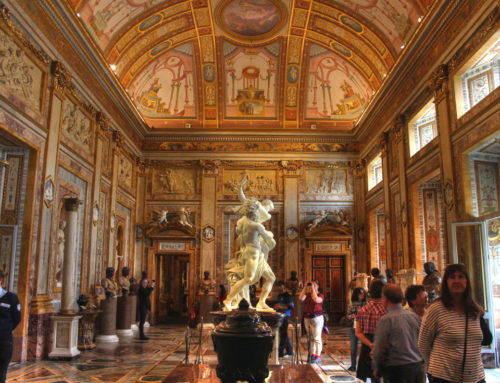
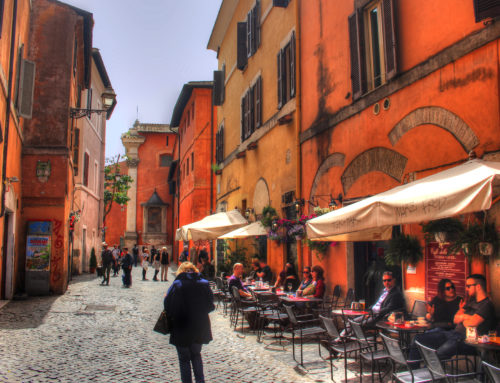
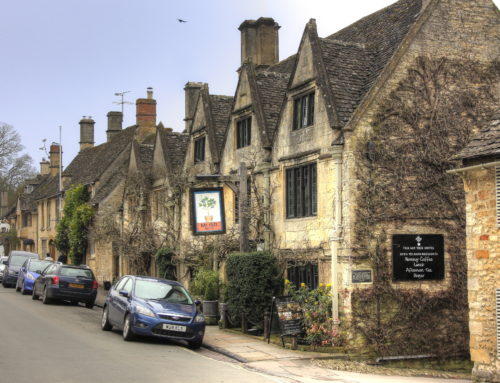
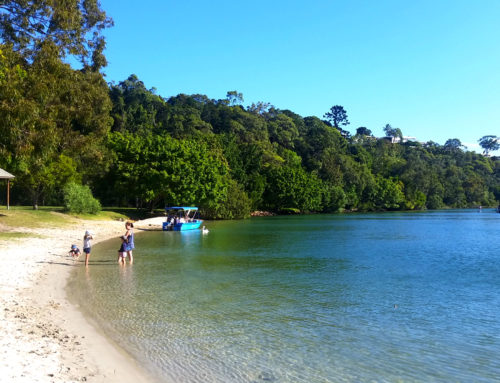
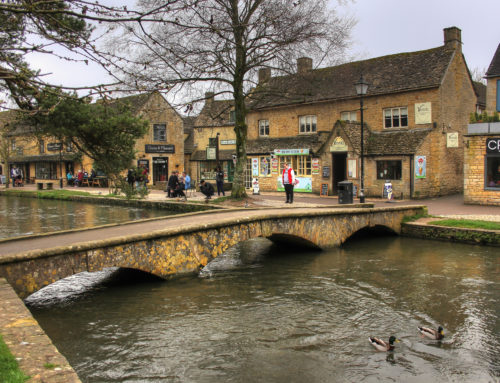
[…] through the Khumbu region of Nepal. I was up at 4am this morning to make the 7 hour journey from Kathmandu to Jiri, travelling at an average speed of under 30 kilometres per hour along a rough, narrow, […]
amazing picture and beautiful place thank you for creating this article